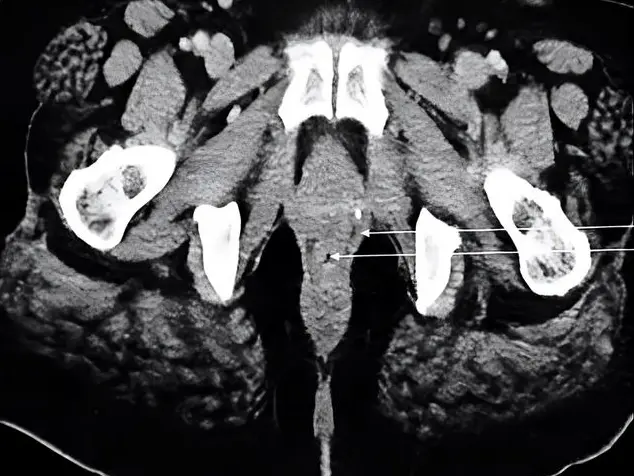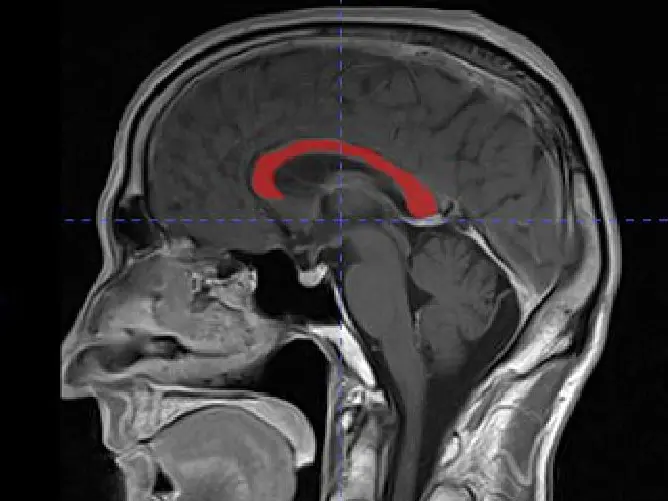Besides preventing deterioration, conservation also prevents the proliferation of pathogens that cause diseases in those who work in laboratories. This research aimed to evaluate the color of the bone marrow of chemically prepared dog corpses, seeking to determine whether long-term preservation maintains their original morphological aspect. Fifty cadavers of adult dogs were used. The control group (G0) consisted of fresh corpses; the others were fixed in curing salt solution (20% sodium chloride, 1% nitrite, and 1% sodium nitrate) (120 ml/Kg) and ethanol with 5% glycerin (120 ml/Kg). Cadavers were assessed at 30 days (G30), 60 days (G60), 90 days(G90), and 120 days (G120). In addition, two veterinary observers evaluated the long bones’ bone marrow during a biomechanical compression test after a fracture. Qualitative bone marrow color variables were transformed into scores, in which 0=excellent (more vivid than fresh cadaver), 1=good (similar to G0), 2=poor (darker than G0), and 3=bad (rotten appearance, brownish). By Dunn’s test, the bone marrow of the bones was better at 30 days when compared to G0 (G0>G30), G0≅G60 and G0<90, and G0<G120. This conservation technique was promising in orthopedic training in dogs, and provided a better bone marrow aspect between 30 to 60 days after fixation.
Bone marrow quality in chemically prepared dogs
Thiago A.S.S. Rocha, Andréa B.P.S. Queiroz, Raphael C. Zero, Fabrício S. Oliveira
Department of Animal Morphology and Physiology, School of Agrarian and Veterinary Science, São Paulo State University (UNESP), Via de Acesso Paulo Donato Castelane, s/n, CEP 14884-900, Jaboticabal-SP, Brasil
SUMMARY
Eur. J. Anat.
, 26
(2):
189-
197
(2022)
ISSN 2340-311X (Online)
Sign up or Login
Related articles
Original article
Original article



